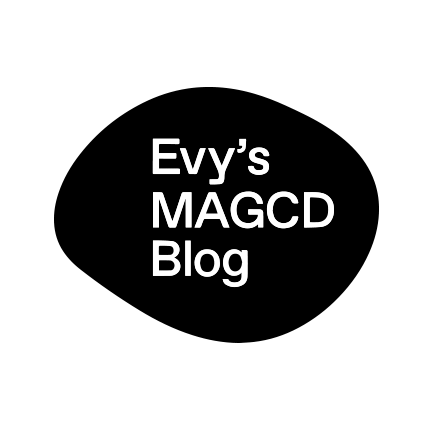This investigation considers how the creation and intervention of printed devices can act as a method of enquiry, exploring visual vernacular around Donburi Inn, a Japanese and Chinesse restaurant located in the Oxford Covered Market.
The First parallel I would like to suggest, is one of process, in which the designer is compared to an explorer. He/she investigates a site from an outsider’s viewpoint, looking to gain deeper understanding, translating this knowledge into a tangible ‘thing’ that can be ‘mobilised’ and presented to an extrinsic audience.
In Latour’s, Visualisation and Cognition: Drawing Things Together, the author considers the meaning and purpose of visual representations, also understood as ‘things’, in line with the context in which they are to be displayed. He proposes that:
New inscriptions, and new ways of perceiving them, are the results of something deeper. If you wish to go out of your way and come back heavily equipped so as to force others to go out of their ways, the main problem to solve is that of mobilization… In sum, you have to invent objects which have the properties of being mobile but also immutable, presentable, readable and combinable with one another. (Latour, 1986, p. 7)
In the same way, through this investigation, the various iterations around printed media serve as means to synthesise, dissect and visually document an ‘unfamiliar’ location such as Donburi Inn, representing an attempt to mobilise a place and ‘bring it back” to “those you want to convince and did not go there”. (Latour, 1986, p. 7)
Each printed device acts as a ‘thing’, which value is in being an ‘immutable mobile’, carrying and translating a piece of visual information, (such as inscriptions, symbols, textures and images) from its original context into a new environment, in which it might be reinterpreted and perused by the viewer.
In second instance, the thematic nature of this enquiry focuses on the study of vernacular design in public spaces. In Learning from las Vegas, Venturi looks at Las Vegas Strip architectural vernacular, and discusses the architect/artist/designer’s attitude towards the commonplace. He writes:
But to gain insight from the commonplace is nothing new: Fine art often follows folk art. Romantic architects of the eighteenth century discovered an existing and conventional rustic architecture… We look backward at history and tradition to go forward; we can also look downward to go upward. And withholding judgment may be used as a tool to make later judgment more sensitive. This is a way of learning from everything. (Venturi, et al., 1977, p. 3)
Much as with this investigation, it is important to consider the collection of findings, including visual representations, people’s inscriptions, and experiences, according to their intrinsic value and as objectively as possible, avoiding bias around design conventions or intentions. This process allows us to question the relationship between people and places, and the relevance of a kind of visual design that is shaped by people and the contexts they inhabit.
Bibliography
Latour, B. (1986) ‘Visualisation and Cognition: Drawing Things Together’, in H. Kuklick (ed.) Knowledge and Society Studies in the Sociology of Culture Past and Present. Jai Press vol.6, pp. 7.
Venturi, R., Scott Brown. D. and Izenour, (1977) A significance for A&P Parking Lots, or Learning from Las Vegas. The Massachusetts Institute of Technology.
